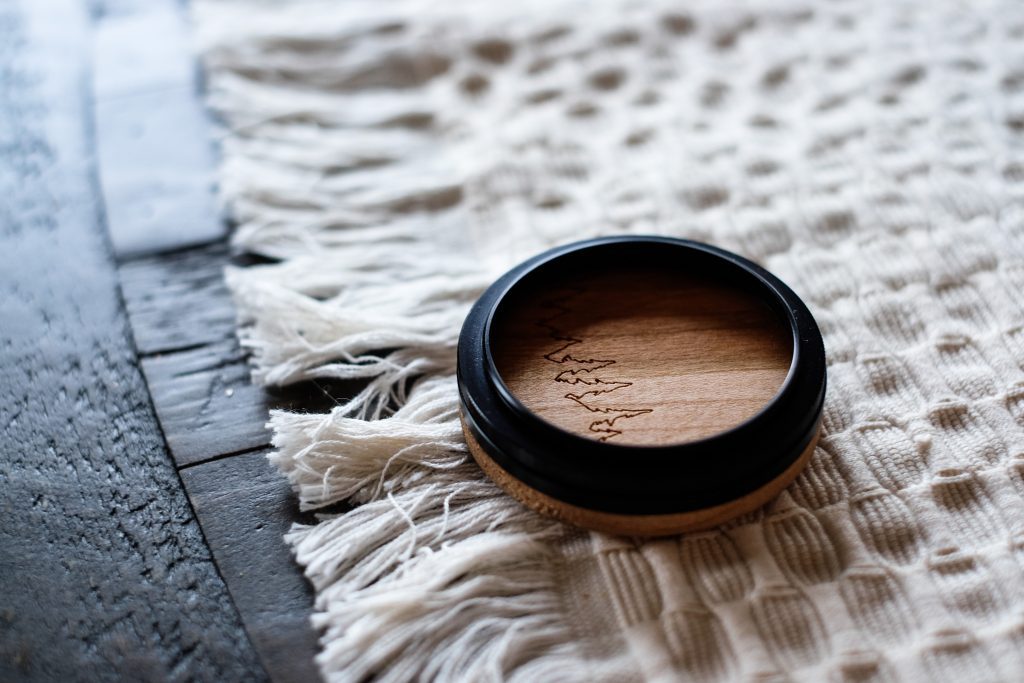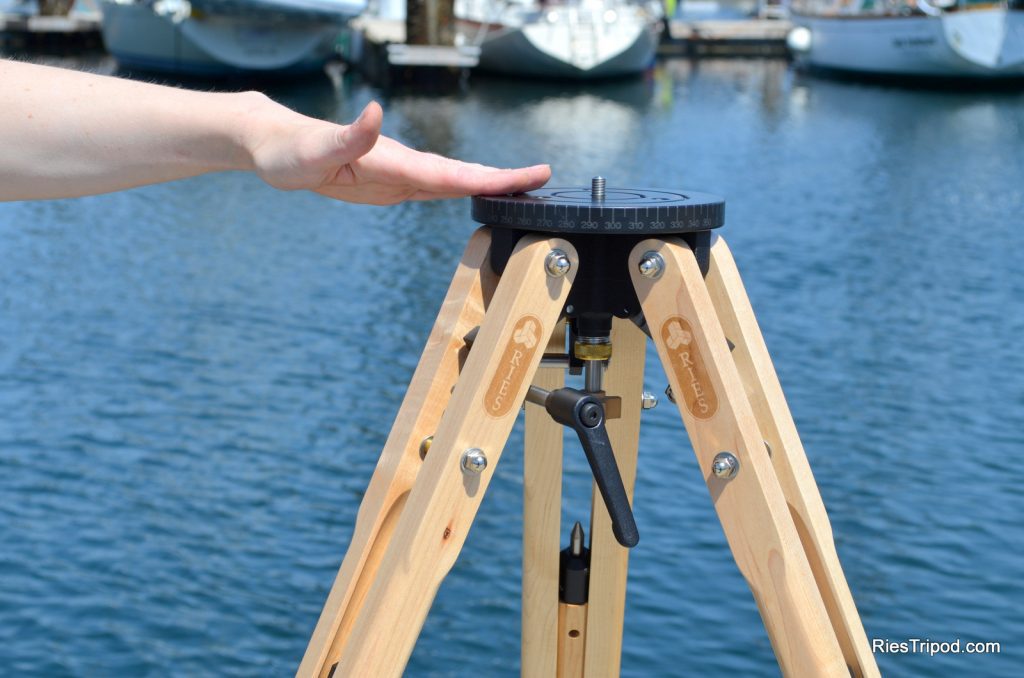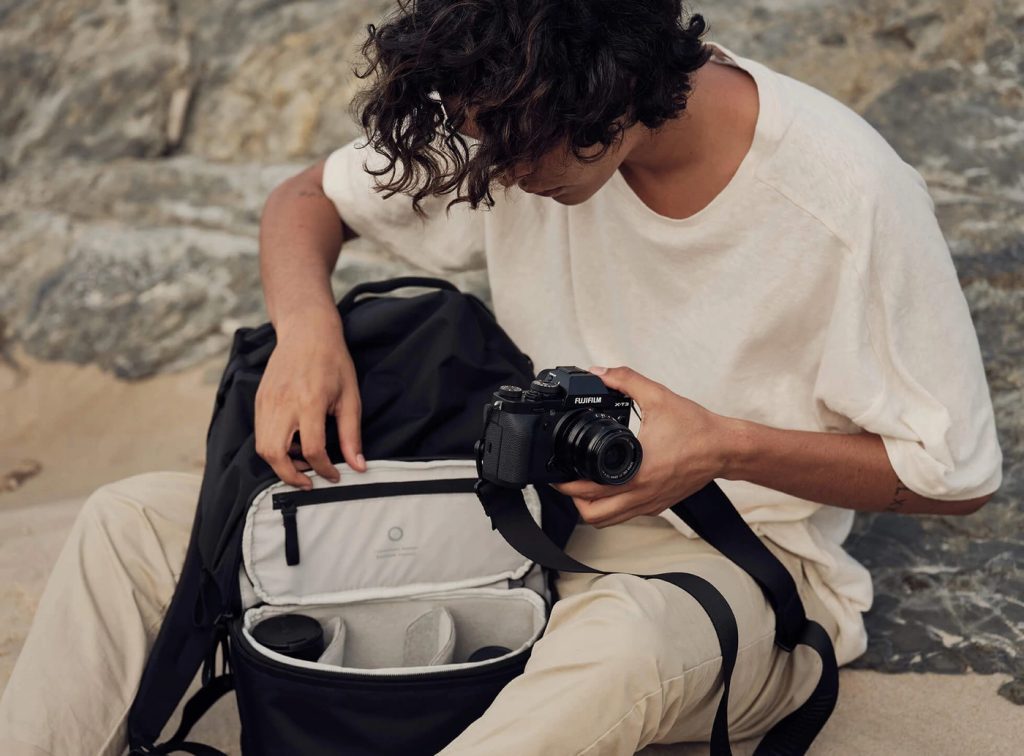Sustainable photography means taking beautiful photographs with the smallest environmental impact possible. It should guide all your decisions, from what gear you use to how you travel to a location and how you set up a photo session.
For knowing how sustainable you are you have to add the CO2 footprint of your equipment and traveling, the ecological impact of your photo sessions, the lifecycle of the products you use, energy consumption, and recycling habits. If you are a nature photographer, you should also consider how you treat your subjects.
Achieving sustainable photography status is not easy. You have to be aware that both digital and analog photography has a high environmental impact, the first due to the manufacturing process and the latter due to film processing. Memory cards, for example, have a big CO2 footprint and use rare minerals. Cameras and lenses use lots of different materials and are hard to recycle, not to mention that many of them are plastics.
Furthermore, the fast-consumption trend applies to photography too. Every few years, if not more often than that, you buy new batteries, lenses, camera bodies, camera bags, filters, and other accessories. Sometimes, the old ones broke or aren’t what you need anymore; other times, you are just tempted by new products and technologies. You end up with piles of unused cables, cards, batteries, lenses, and so on. At the same time, to keep up with the demand, manufacturers produce more than they can sell, and unsold products pile up in their warehouses. In the end, they all go to waste.
So, what can you do if you want to be part of the solution and not of the problem? Here are some guidelines to help you choose the right path.

Photo by Austin Park on Unsplash
Check the Sustainability of Manufacturers
Whenever you need a new camera or lens, check the sustainability policy of the manufacturers that provide the gear you need. In addition, check how the product you need is made, what materials were used, and how environmental-friendly was the fabrication process. Unfortunately, even if a manufacturer has a good ecological policy, not all their products follow the same standards.
For example, Canon has some camera models that don’t use lead parts. For the Japanese market, the manufacturer has a disposable camera that is made from recycled dead mobile parts. But not all Canon cameras respect these principles. Follow the good initiatives and check everything by yourself.
Look for Environmental-friendly Accessories
Accessories are a big part of the problem. If you use a camera or a lens for a few years, accessories may get lost or break in a few months. Not to mention how many attractive products are out there.

So, first, choose accessories you intend to use for a long time. Invest in quality and look for accessories made of recycled materials or even natural materials. For example, you can find lens caps and tripods made of wood and camera bags made from recycled materials or make your own flash diffuser and lens hood from paper.

Prolong the Life of Photography Gear
Along we buying only what you need and using it for a long time, you can expand the life of photo products by buying second hand. At the same time, you can sell the products you don’t use. Take care of your gear and find creative ways to use it. You don’t need the latest products. You only need imagination and skill to make the best of what you have.
Taking care of the environment should be your priority. Nothing, even technology, can’t exist without nature. So, be responsible and aware and make sure your photography workflow is sustainable and eco-friendly.
Photo by Nick Fewings on Unsplash

